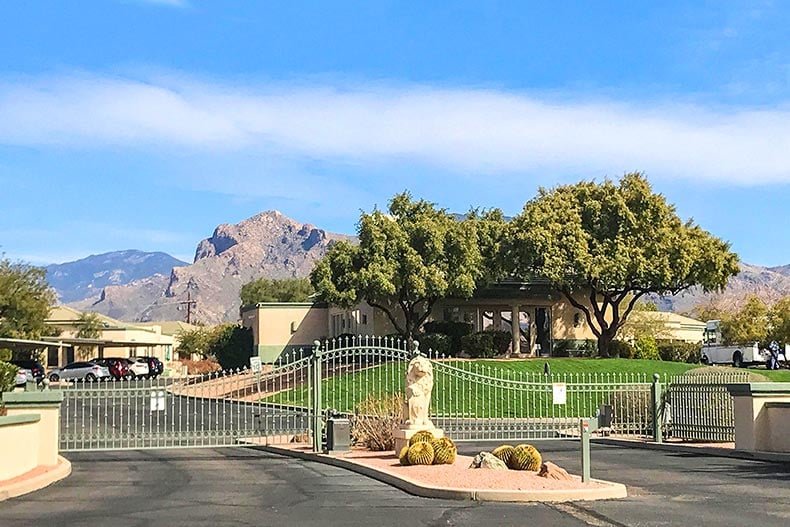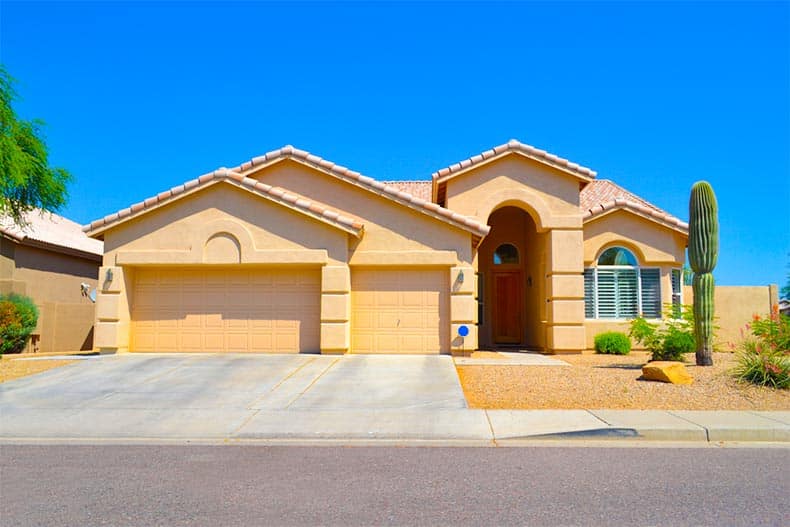Deciding to move into an age-restricted community is an exciting step for active adults. However, the sheer volume of considerations when touring 55+ communities can be overwhelming. To streamline this process, here’s a comprehensive checklist for discerning homebuyers.
Community Atmosphere
Social Calendar: A vibrant social calendar is a hallmark of 55+ communities, offering diverse activities and opportunities to connect with neighbors. Homebuyers should assess the frequency and range of events to align with their preferences and social engagement desires.
Cost and Location: Balancing social involvement with personal preferences is crucial. Some communities host numerous events, while others focus on select gatherings. Evaluating costs associated with participation is prudent, as some activities might require financial contributions.

Year-Round Residency: Investigating if the community is seasonal (attracting snowbirds) or year-round is pivotal for those seeking permanence and continuity in their neighborhood interactions.
Community Grounds
Landscaping and Outdoor Spaces: Meticulously maintained grounds and accessible outdoor areas contribute significantly to the community’s ambiance. Features like walking trails and biking paths enhance the outdoor experience.

Community Amenities
Clubhouse: A central social hub offering various facilities, including fitness centers, pools, libraries, and activity rooms, defines the community’s core.
Outdoor Facilities: Assessing the range of outdoor amenities, from swimming pools to sports courts and community parks, allows homebuyers to match their recreational preferences with available offerings.
Lifestyle Director: A dedicated lifestyle director orchestrates community activities, fostering a vibrant and engaging atmosphere. This role plays a pivotal part in curating a rich social calendar.
Homeowners’ Association (HOA)
Fees and Regulations: Understanding HOA fees and their inclusions, alongside community rules and regulations, is vital. This knowledge helps prospective residents gauge the financial commitment and lifestyle expectations.
Future Projects: Being informed about upcoming community projects helps residents anticipate changes, ensuring they align with their preferences and timelines.

Home Design
Sizes and Layouts: Tailoring the home size and layout to accommodate current and future lifestyle needs is paramount. Considering factors like entertaining space and single-level living aids in decision-making.
Architectural Styles and Floor Plans: Exploring architectural variations and floor plans within the community allows homebuyers to find a style that resonates with their preferences and enhances community cohesion.

Surrounding Area
Location and Amenities: Beyond community boundaries, assessing proximity to essential amenities such as hospitals, shopping centers, and transportation options helps in gauging convenience and accessibility.
Geographic Preferences: Deciding on a community’s location—urban, suburban, or rural—shapes lifestyle choices and influences the available local attractions and conveniences.
This checklist empowers active adults to methodically evaluate 55+ communities, ensuring alignment with their social, recreational, and lifestyle aspirations. By considering these facets, homebuyers can confidently embark on the next chapter of their lives within a community that resonates with their needs and desires.





